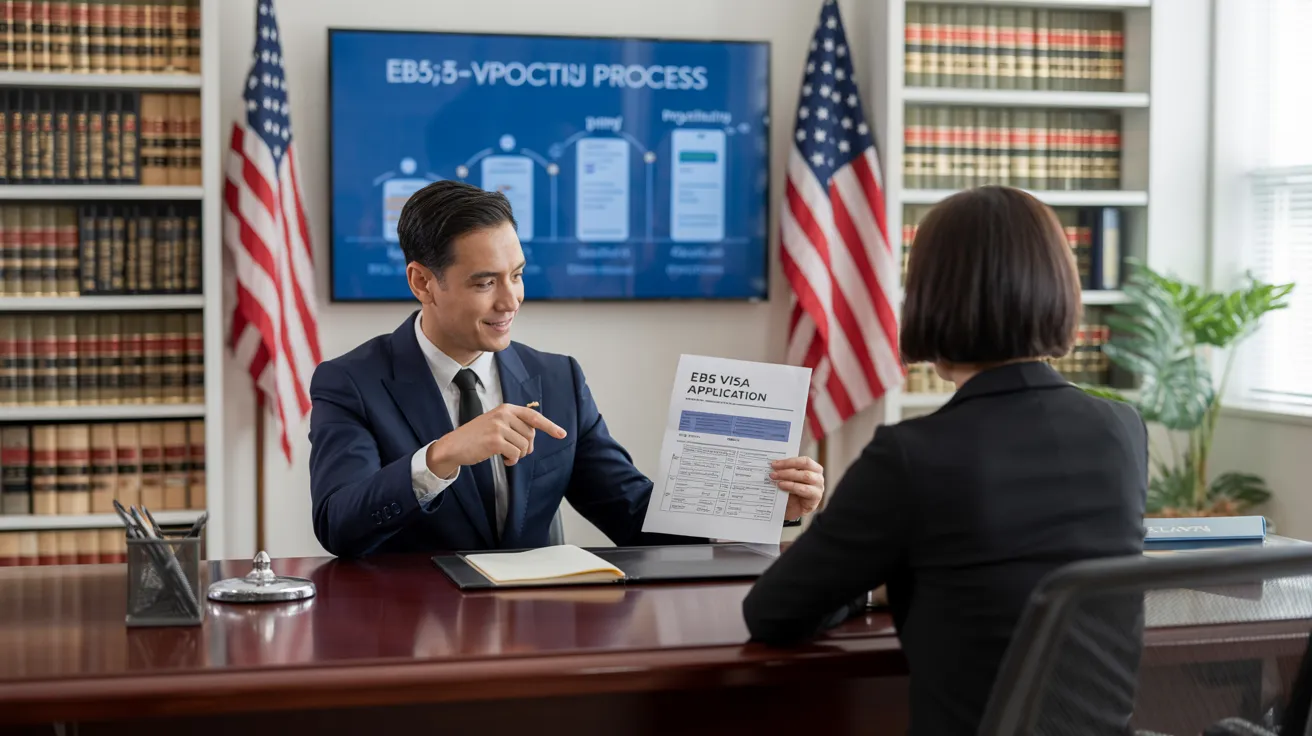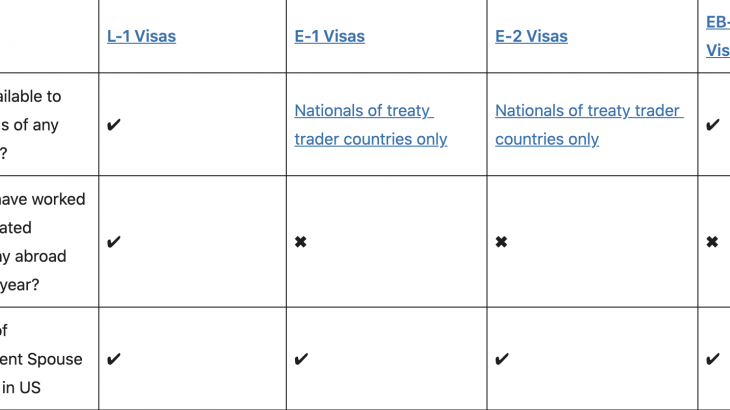9 Simple Techniques For L1 Visa
Table of ContentsHow L1 Visa can Save You Time, Stress, and Money.L1 Visa Fundamentals ExplainedThe smart Trick of L1 Visa That Nobody is Talking AboutSome Ideas on L1 Visa You Need To KnowExamine This Report on L1 VisaAll About L1 Visa
Readily Available from ProQuest Dissertations & Theses Worldwide; Social Scientific Research Premium Collection. DHS Office of the Assessor General. Obtained 2023-03-26.

U.S. Department of State. Recovered 2023-02-08. Tamen, Joan Fleischer (August 10, 2013).
The Best Guide To L1 Visa
In order to be qualified for the L-1 visa, the international company abroad where the Beneficiary was used and the U.S. firm need to have a qualifying relationship at the time of the transfer. The various types of certifying partnerships are: 1. Parent-Subsidiary: The Parent indicates a company, corporation, or various other legal entity which has subsidiaries that it owns and regulates."Subsidiary" implies a company, corporation, or other legal entity of which a moms and dad owns, straight or indirectly, greater than 50% of the entity, OR has much less than 50% but has monitoring control of the entity.
Company A has 100% of the shares of Firm B.Company A is the Moms And Dad and Company B is a subsidiary. There is a certifying connection in between the 2 companies and Firm B ought to be able to sponsor the Recipient.
Example 2: Firm A is included in the U - L1 Visa.S. and wishes to petition the Beneficiary. Firm B is incorporated in Indonesia and employs the Beneficiary. Company An owns 40% of Company B. The remaining 60% is owned and controlled by Company C, which has no relation to Company A.Since Firm A and B do not have a parent-subsidiary partnership, Firm A can not fund the Recipient for L-1.
Example 3: Company A is incorporated in the united state and desires to request the Beneficiary. Firm B is included in Indonesia and utilizes the Beneficiary. Firm A possesses 40% of Business B. The remaining 60% is possessed by Business C, which has no connection to Company A. Nonetheless, Firm A, by official contract, controls and full takes care of Company B.Since Company An owns much less than 50% of Firm B but takes care of and controls the company, there is a certifying parent-subsidiary partnership and Business A can sponsor the Recipient for L-1.
The smart Trick of L1 Visa That Nobody is Talking About
Affiliate: An associate is 1 of 2 subsidiaries thar are both owned and controlled by the very same parent or individual, or possessed and managed by the very same group of people, in generally the same proportions. a. Instance 1: Business A is incorporated in Ghana and utilizes the Beneficiary. Firm B is included in the united state
Company C, likewise integrated in Ghana, has 100% of Business A and 100% of Firm B.Therefore, Firm A and Firm B are "associates" or sister companies and a qualifying partnership exists in between the two business. Company B ought to be able to sponsor the Beneficiary. b. Instance 2: Firm A is incorporated in the U.S.
Firm A is 60% possessed by Mrs. Smith, 20% possessed by Mr. Doe, and 20% had by Ms. Brown. Business B is incorporated in Colombia and currently uses the Recipient. Business B is 65% had by Mrs. Smith, 15% had by Mr. Doe, and 20% owned by Ms. Brown. Company A and Company B are affiliates and have a qualifying relationship in two various ways: Mrs.
The L-1 visa is an employment-based visa classification established by Congress in 1970, enabling international firms to transfer their managers, execs, or essential employees to their united state operations. It is generally referred to as the intracompany transferee visa. There are 2 major kinds of L-1 visas: L-1A and L-1B. These types are appropriate for employees employed in various positions within a company.

Additionally, the recipient must have operated in a managerial, executive, or specialized staff member placement for contact us one year within the 3 years coming before the L-1A application in the international business. For new office applications, international work has to have remained in a supervisory or executive capability if the beneficiary is concerning the USA to work as a manager or executive.
Top Guidelines Of L1 Visa

If approved for a united state business operational for more than one year, the first L-1B visa is for up to three years and can be expanded for an additional 2 years (L1 Visa). Conversely, if the U.S. business is freshly established or has been operational for much less than one year, the initial L-1B visa is provided for one year, with expansions offered in two-year increments
The L-1 visa is an employment-based visa classification established by Congress in 1970, enabling international firms to move their supervisors, execs, or essential workers to their United state operations. It read more is generally referred to as the intracompany transferee visa.
Some Known Incorrect Statements About L1 Visa
In addition, the beneficiary needs to have operated in a managerial, executive, or specialized worker position for one year within the 3 years preceding the L-1A application in the international business. For brand-new office applications, foreign work needs to have remained in a managerial or executive capacity if the beneficiary is involving the USA to function as a supervisor or exec.
for approximately seven years to manage the procedures of the united state associate as an exec or supervisor. If provided for a united state firm L1 Visa law firm that has been operational for greater than one year, the L-1A visa is initially granted for up to three years and can be prolonged in two-year increments.
If provided for an U.S. company operational for more than one year, the preliminary L-1B visa is for approximately three years and can be extended for an added two years. Alternatively, if the united state company is freshly established or has actually been operational for much less than one year, the preliminary L-1B visa is issued for one year, with expansions offered in two-year increments.
Comments on “L1 Visa Explained”